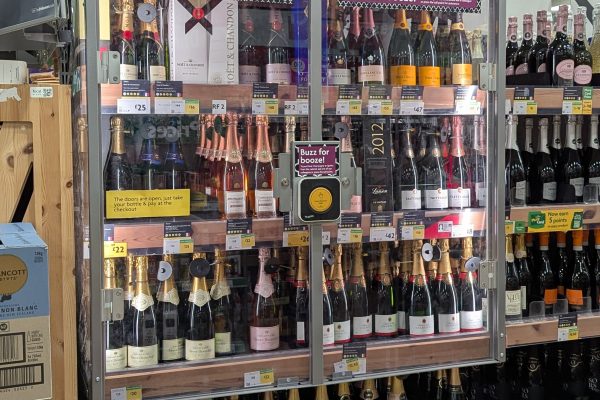
Having immersed myself in tasting thousands of wines every year, I’ve come to realise just how dynamic and unpredictable wines really can be. At first glance, people rely heavily on ratings and reviews, believing them to be definitive guides. However, wine is not a static product. It evolves, sometimes subtly and sometimes dramatically, over time.
It’s natural that most white wines oxidise and change over time, as their lighter structure and reliance on freshness make them more vulnerable to the effects of ageing and storage conditions. It’s also a given that a very small number of fine wines are deliberately acquired with the intention of allowing them to improve with age. However, in writing this piece, my focus is primarily on red wines that are ready to drink now, those I didn’t anticipate would change so dramatically in such a short time.
One of my earliest revelations came from importer tastings. I’ve discovered a few wines that tasted exceptional in these settings but were very different when purchased later from retail shelves. Similarly, wines ostensibly made for immediate consumption can transform significantly after just a year of (my) storage. These changes are not imagined. I have had others agree with my observations.
This phenomenon has also been apparent at supermarket press tastings. I’ve found a few wines that impressed on one occasion tasted too different and much poorer during subsequent supermarket events or after subsequent purchasing. While it’s very rare, even a few samples sent for review, some of which had won awards, have arrived devoid of the aroma or complexity they were praised for. Replacement samples often mirrored the inconsistency, further illustrating the shifting nature of wine over time.
So, why does wine change so much? There are many reasons. Ageing in the bottle can naturally alter its structure and flavour profile. Variations between batches from the same vintage can also contribute to noticeable differences. Additionally, improper storage, exposure to fluctuating temperatures or excessive light, can degrade a wine’s quality. That said, some wines seem to be more susceptible to change than others, adding yet another layer of unpredictability.
This variability challenges the reliability of wine ratings and reviews, particularly when viewed long after their publication. A glowing review from two years ago might no longer reflect the wine’s current state. This is why re-tasting wines is critical. I often revisit wines I’ve enjoyed to see if they hold up over time. More often than not, the results reaffirm the importance of staying open to change.
This means you need to pay attention to the date of wine review and the vintage. Ratings and reviews should be viewed as a snapshot, not an immutable truth. They provide valuable guidance but must be taken with the understanding that wine is ever-changing. As I highlighted in my article on Understanding and Using Wine Ratings, these scores are indicators, not certainties.
Most wines, probably about 90% of those produced, are not made with long-term ageing in mind. They are made to be enjoyed in their youth, within months production. Storing such wines for extended periods can lead to disappointment as their flavours and aromas fade or evolve in unintended ways. This is particularly important to remember when hoarding wines or saving for a special occasion.
In embracing the fluid nature of wine, we gain a deeper appreciation for its complexity. The next time you uncork a bottle, consider not just the wine itself but the journey it has undergone to reach your glass. Every second and, indeed, every time a wine is moved, it dies a little. After all, in wine as in life, change is the only certainty.













